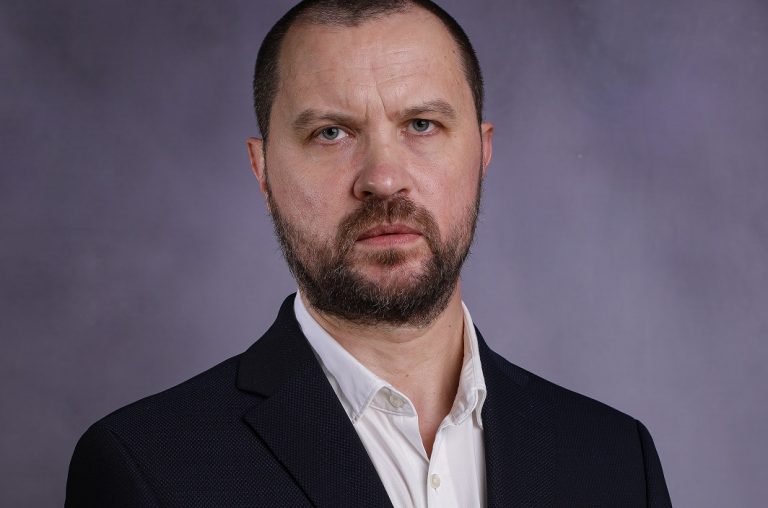
Marcel Ciolacu’s high-wire act in Szeklerland
Over the weekend, PSD leader Marcel Ciolacu made one of the rare visits high-ranking Romanian politicians dare to undertake in Szeklerland. It’s a territory where Budapest’s leaders are more likely to feel at home.
Urmărește cele mai noi producții video G4Media
- articolul continuă mai jos -
It’s an adventure because the chances of a misstep are high. Anything said in Szeklerland can risk upsetting both Romanians and Hungarians, so politicians often prefer to stay away. Any misplaced word or offended symbol can cost you electorally.
However, it’s also true that there are hundreds of thousands of votes in that region that a potential presidential candidate, for example, would want. They can only be won under one condition: to walk the tightrope without falling. To dance the hora and the csárdás at the same time. To wink at the nationalist electorate while somehow also winning the sympathy of the Hungarians.
Incidentally, this is the first clear indication that Marcel Ciolacu is preparing for the presidential race. He doesn’t want the Hungarian votes for his party, nor for local elections, but for himself as an individual.
Both in the 2009 campaign and the 2012 impeachment campaign, former President Traian Băsescu discovered Szeklerland. When playing on the edge, every vote counts. Klaus Iohannis also visited Harghita and Covasna in 2017, where he unfurled a Romanian flag in a kind of response to the local leaders’ ostentatious gift of a Szekler flag to him.
Then, in the spring of 2020, Klaus Iohannis played the nationalist card in the midst of the electoral campaign. He directly accused the PSD leader of „wanting to give Transylvania to the Hungarians” because he supposedly voted for a UDMR project that offers extensive autonomy to Szeklerland. At that time, in opposition to the Social Democrats, President Iohannis began his speech with the famous „Jó napot kívánok, PSD!” (Good day, PSD), addressing Marcel Ciolacu in Hungarian.
Time passed, and UDMR has since left the government. Those governing Romania today, as friends as ever, are President Klaus Iohannis and Prime Minister Marcel Ciolacu. Transylvania is still there, and so are the Hungarian votes. Elections are looming. Therefore, Marcel Ciolacu rushed to Harghita, Covasna, and Mureș at the end of the week, not to give Transylvania to the Hungarians, but to win the votes of the Hungarian ethnic group through the impossible trickery described above: without losing the votes of the ethnic Romanians.
This operation is very complicated because, during his visit to Târgu Mureș, Marcel Ciolacu actually proposed to the Hungarians to politically serve them a small piece of Transylvania on a silver platter. Ciolacu advised his party colleagues in Mureș not to unite against the Hungarian candidate. Without a common Romanian candidate supported by the Romanian parties, the Hungarian candidate has a high chance of winning a second term. The PSD leader acted similarly during a recent visit to Satu Mare. At the end of January, Ciolacu announced that he relies on the local support of UDMR to secure a majority, not on that of PNL.
Beyond the electoral interest of Marcel Ciolacu and PSD, there is a state issue that transcends political calculations, justifying the attention paid to the Hungarian minority in Transylvania: the hybrid revisionism promoted by Viktor Orban has deepened the Hungarian ethnics’ mistrust in the Romanian state institutions and the European Union. In contrast, FIDESZ propaganda in Transylvania has strengthened Hungarians’ attachment to Budapest and its policies, as evidenced by a recent survey.
In the context of the war in Ukraine and Russia’s interest in promoting revisionism in Europe, the situation in Szeklerland risks becoming a ticking time bomb. Any politician with a minimum of political responsibility understands that there is a problem to be solved, especially since UDMR’s departure from the government has further isolated the community, thus increasing the danger of radicalization.
It’s worth noting that Marcel Ciolacu did not risk confronting Szekler symbols for a second. He attended the election conferences of the PSD branches in the three counties, where he casually wrapped a tricolor flag around his neck but did not meet with Hungarians. He paraded with the national symbols in all the photos posted on Facebook, without fear of ending up with a Szekler flag in his arms, as happened to President Iohannis or the former American ambassador, Hans Klemm.


From this secure space, surrounded by his party colleagues, Ciolacu told each side what they wanted to hear. To the Romanian side, he conveyed that Transylvania remains in its place, and Szeklerland will never achieve the much-desired autonomy.
- „Let’s put an end to the nonsense, with the autonomy of Székely Land. It wasn’t and it will never be. In the Constitution of Romania, there is a sovereign state and never will anyone divide Transylvania. Romania is a member of the European Union, is a member of NATO, all these stories and all these conflicts appear when there are elections. Lo and behold, this is the way political leaders mobilize their electorate to vote. We have surpassed those times. There are mixed families. Our children go to school together. We are in Romania and they are Romanians.,” Ciolacu declared in Miercurea Ciuc.

Donează lunar pentru susținerea proiectului G4Media
Donează suma dorită pentru susținerea proiectului G4Media
CONT LEI: RO89RZBR0000060019874867
Deschis la Raiffeisen Bank


